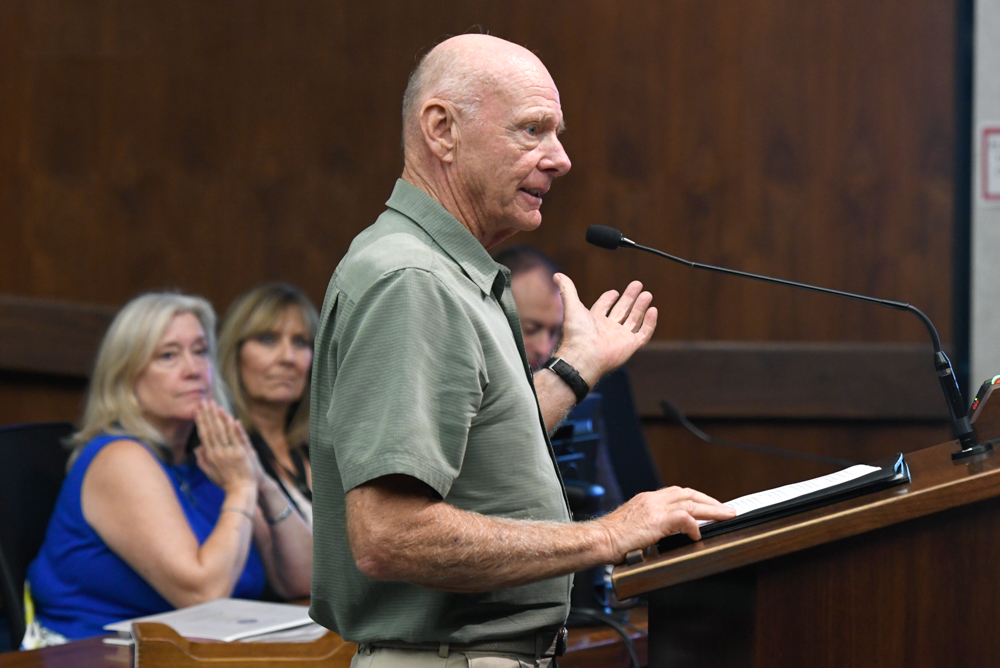Laura’s Law Program Praised by County
Assisted Outpatient Treatment Tackles Mental Illness

County supervisors gave high marks on Tuesday as the annual evaluation report on the Assisted Outpatient Treatment (AOT) program, allowed statewide via Laura’s Law, came before the board. The program is in the midst of its three-year pilot run, and so far, the supervisors are impressed. “You guys wore me out,” said Supervisor Peter Adam, who was initially against the project. “You kept up with it, and you were right. It seems like the people who run it made tremendous progress on certain people that were very difficult to make progress on. So congratulations.”
AOT provides court-ordered treatment to adults with serious mental illness who are not engaging in treatment on their own. In May 2016, the board approved the pilot program, designed to serve approximately 10 persons at any given time. Since its launch in January 2017 and through this year’s first quarter in March, the program has received 65 referrals. With those referrals, AOT staff have reported 1,535 engagement attempts, of which 580 were successful, or roughly 4 out of 10.
During AOT engagement, patients — largely male, white, and from southern Santa Barbara County — have experienced a decrease in psychiatric emergency services, arrests and incarcerations, and psychiatric hospitalization. “It takes time to build relationships and get them to trust you,” said Deputy Director of Clinical Operations Dr. Pam Fisher. To date, 34 percent of AOT clients have accepted voluntary treatment. AOT is continuing to engage with 27 percent of its clients; 27 percent did not meet AOT criteria to file petition, and 11 percent moved out of the area or AOT was unable to make contact. While the percentages are not staggering, for every parent or family member of AOT patients who provided public comment at Tuesday’s meeting, AOT is making a world of difference.



